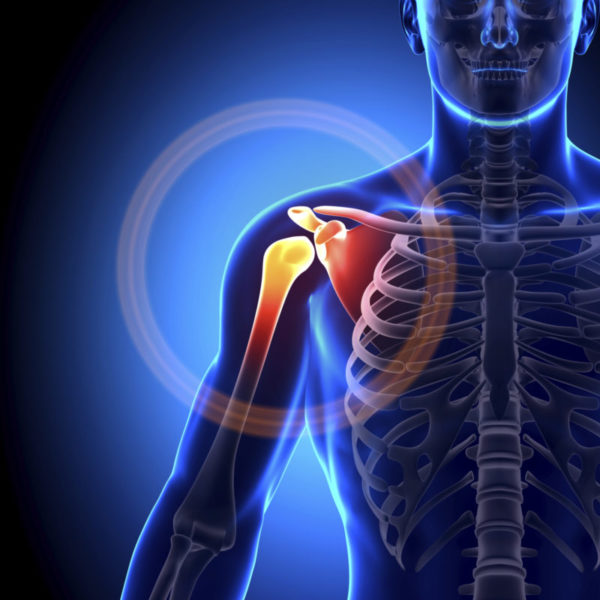
Arthroscopy is a procedure used to investigate a multitude of joint-related symptoms by actually looking inside the joints. Similar to a telescope with a light source, the light aspect is necessary to “light up” the joints and to magnify the structures contained within the joint. Arthroscopy is typically performed under local or general anesthesia and sometimes under spinal or epidural anesthetic. Some of the common symptoms arthroscopes examine are swelling, pain and joint instability.
Common misconceptions about arthroscopy are that it is a benign procedure and that any condition requiring this type of procedure is not a serious one. Arthroscopy can show deterioration and damage to cartilage, ligaments and bone, as well as highlighting signs of arthritis. A surgeon may create a small incision in the skin and then use fine instruments that pass through the joint to biopsy or manipulate areas inside the joint. Your procedure could involve repair of torn ligaments, removal of damaged cartilage, and identification and removal of broken bone pieces.
Arthroscopic procedures are commonly performed on the knee joint and shoulder, but other areas requiring this type of procedure include the ankle, elbow, wrist or hip. Rehabilitation After an arthroscopic procedure, the goal of your rehabilitation program will be to relieve pain and support healing, restore function and encourage independent movement. Your program may include
- Exercises to promote strength, coordination, flexibility and mobility;
- Massages; and
- Heat, cold or electrical stimulation.
Ultimately, your rehabilitation following arthroscopy will affect the final outcome. We can create a comprehensive physical therapy regimen to enhance the end result, allowing the maximum benefit from your arthroscopy.









